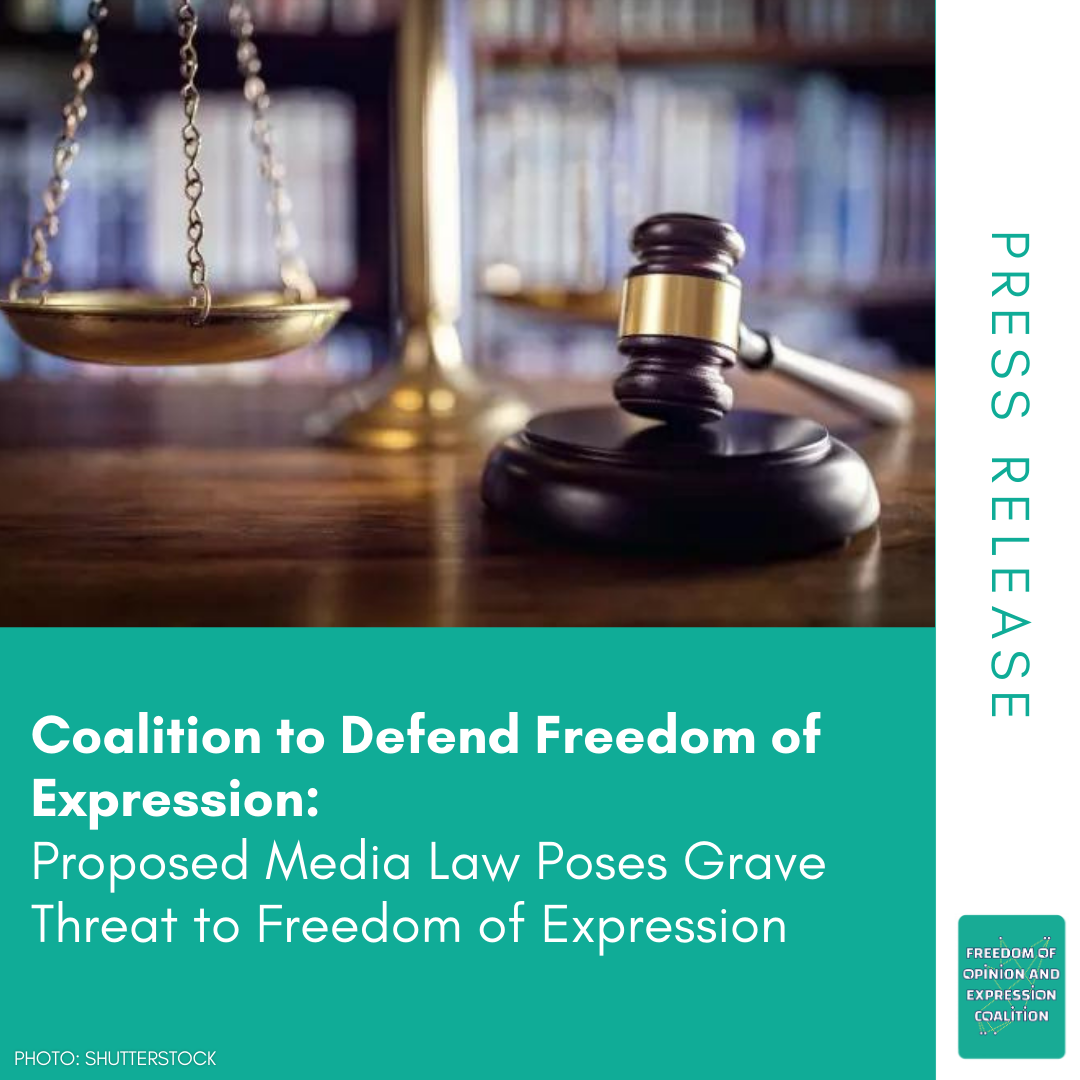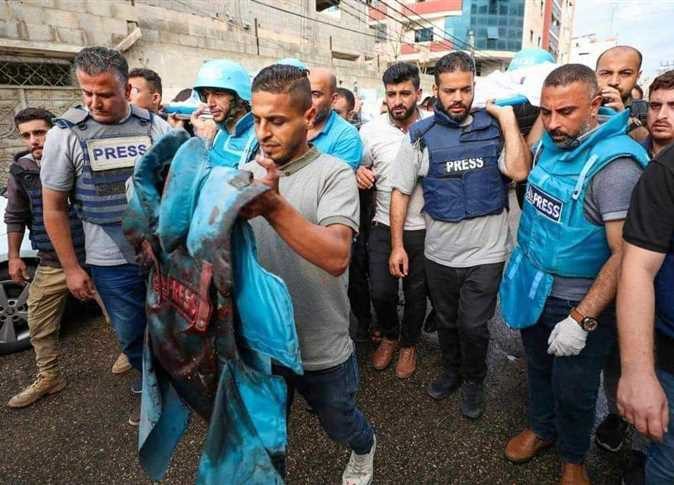Al-Rumiya Prison: From Massacre to Mismanagement

The al-Rumiya prison is located on the outskirts of Ain Zara, southeast of the Libyan capital Tripoli. According to numerous rights organizations, the prison has been the site of many violations of its prisoners’ human rights.[1] The primary problem is that the prison is supervised by untrained armed individuals, to be precise, a militia. While nominally it falls under the Ministry of Justice, the ministry has no real control over it.
A disaster took place on the morning of Friday, June 10, 2016. The inhabitants of Tripoli awoke to a distressing scene: bodies of individuals who had been shot had been left in various locations around the capital. There were twelve in total, and it became known that they belonged to prisoners recently released by order of the First Criminal Division of the Appeals Court of Tripoli, in connection with Case 245/2014, a case known as the “al-Mathaba case”.[2][3]
This case is connected to the events of August 20, 2011, the night Tripoli was liberated. On that night, a number of individuals who had been named members of “Revolutionary Committees” and the “Revolutionary Working Group” -[both Gaddafi-era formations]- had gathered at their headquarters at al-Mathaba on Salim Street, as well as on the highway, and were targeting supporters of the [anti-Gaddafi] revolution with gunfire, killing some of them.[4] After the death of Gaddafi, and once control of the capital had been secured, the families of victims brought complaints to the General Prosecutor, who opened an investigation into the incident. As a result, several accused individuals were detained. Meanwhile, the prosecutor freed a number of individuals against whom allegations could not be established for the crime.
The rest were transferred to the indictments division and charged in connection with indiscriminate murder, disrupting national unity, and forming illegal organizations. According to Articles 202, 203, and 206 of the Penal Code, these crimes are punishable by death. Several years ago, the indictments division transferred the accused to the criminal division of the Court of Appeals in Tripoli. On June 9, 2016, following a long investigation, the division ruled that twelve of the accused be granted provisional release.
The General Prosecutor carried out the court’s directive that day, as the decision fell under the authority of the court where the case had been brought and subject to its discretion; it was not subject to appeal or dispute. But the day following the release brought an enormous shock. To the surprise of all, that morning the bodies of individuals who had been shot in the head were left in several locations around the capital. Official medical reports revealed that some of them had suffered torture shortly before their deaths. It was also established that some of them had been killed in the middle of the day on the day the order for their release was issued. According to a statement from an official from the Administration of Judicial Expertise, the bodies belonged to the individuals who had been released.[5]
This ugly event raised a perpetual question that everyone avoids answering: to what extent is this prison and others, which are conventionally referred to as institutions for reform and rehabilitation, in the capital and elsewhere, subordinate to the Ministry of Justice? And what is the extent of the state’s actual control over them? The truth, which many refuse to admit –whether out of arrogance or feigned ignorance– is that those prisons including the one where this incident took place, are not at all subject to the authority of the judiciary or the General Prosecutor, even though according to Articles 32 and 33 of the Criminal Procedure Code, these are the entities legally authorized to inspect and visit these prisons, and to field complaints about them.
Not only that, but these prisons, including al-Rumiya prison (in Ain Zara Baraka) subject prisoners to torture and extended arbitrary detention, according to the Human Rights Watch report documenting visits made to this and other prisons in the capital and in Misrata in September 2015. That report also mentioned that in the prisons the organization visited, there were 1,975 detainees who had been held for four years without appearing before a judge, without receiving any kind of judicial review, without charges brought against them, and with no apparent legal basis for their detention.
These qualify as crimes against humanity, according to the report, which verified that detainees faced various repugnant forms of torture, traces of which could be seen on some of their bodies.[6] These crimes are punishable in accordance with Articles 433, 434, and 435 of the Libyan Penal Code, and according to Law 11 of 1427 they are not subject to a statute of limitations. They are considered crimes against humanity according to the United Nations Convention on the Non-Applicability of Statutory Limitations to War Crimes and Crimes Against Humanity, and classified as crimes according to the UN Convention Against Torture and other Cruel, Inhuman or Degrading Treatment or Punishment.[7] They are also criminal acts according to Article 5 of the Universal Declaration of Human Rights, and Article 7 of the International Convention on Civil and Political Rights.
What is the impact of the violations that are now coming to light? The lack of judicial supervision of these reform and rehabilitation institutions leads to the encroachment of groups that are running the prisons, and to their refusal to carry out the orders of judicial authorities. At this point, these groups are effectively monitoring, evaluating, and even objecting to judicial authority.
Meanwhile, the actions of those running the prisons are prompting reactions among members of the judiciary, who have been discussing them within their organizations as well as on social media pages. Some have suspended or stopped working to avoid becoming partners in the ongoing abuses.[8] The Supreme Judicial Council, as well as the Ministry of Justice and a number of judges, have also condemned these acts.[9]
While the office of the General Prosecutor has launched criminal investigations into the incident, that does not lessen the shock of the event. So far, the investigation has yielded no results; the office of the General Prosecutor has not announced what measures are being taken and no suspects have been arrested.[10] It should be pointed out that the repercussions have not been limited to the judiciary, but extend into the political sphere as well; political entities reacted through issuing statements and press releases.[11] Neither reactions have been limited to Libyans themselves; even UN envoy Martin Kobler responded to the incident, demanding an immediate and transparent investigation.[12] The General Prosecutor’s investigation has not only been a local issue, either; it garnered international attention when Amnesty International demanded that Libyan authorities work immediately to open an investigation into the released prisoners’ assassination.
This affair comes in the context of international attention surrounding the justice system in Libya, in particular its impartiality and independence, especially in light of the International Criminal Court’s demands to prosecute figures from the previous regime. The situation demands a shift in priorities. Efforts must be made to address what has generally been left undiscussed, namely, the status of prisons that remain effectively, materially, and legally outside the judiciary’s control.
It has become necessary to pay attention to the importance of domestic investigations into those who work in these prisons, as well as retraining, disarming, and reintegrating these individuals. Likewise, those responsible for these violations must be held accountable and reparations paid. All of this is necessary to restore trust in the judiciary’s power to ensure citizens’ rights and freedoms, and to protect them from injustice.
This article is an edited translation from Arabic.
__________
[1] Human Rights Watch issued a report in December 2015, “The Endless Wait”, which included a description of the state of Rumiya prison and the conditions of prisoners, as well as the conditions in other prisons in Tripoli and Misrata.
[2] A report on the Libyan website Bawabat al-Wasat published on June 11, 2016 included a statement from the director of the investigative bureau of the Libyan General Prosecutor’s office and disclosed the victims’ names.
[3] See the website Ean Libya.
[4] This was a well-known event that took place during the revolution in Libya amidst clashes taking place in Tripoli.
[5] Statement issued in the bulletin of the Libyan Judges Organization on June 12, 2016.
[6] See: “The Endless Wait”, Human Rights Watch report issued in December 2015, which included a description of the situation at al-Rumiya prison as well as other prisons in Tripoli and Misrata.
[7] Libya ratified these two treaties on May 16, 1989.
[8] The opinions of some members of the judiciary, via social media pages.
[9] Statement of the Supreme Judicial Council in Libya issued in the bulletin of the Libyan Judges Organization on June 13, 2016.
[10] The General Prosecutor’s office formed a committee to investigate the incident of the al-Rumiya prisoners.
[11] For example, the Presidential Council, the House of Representatives, the provisional government, and political parties.
[12] See the website Bawabat al-Wasat.



